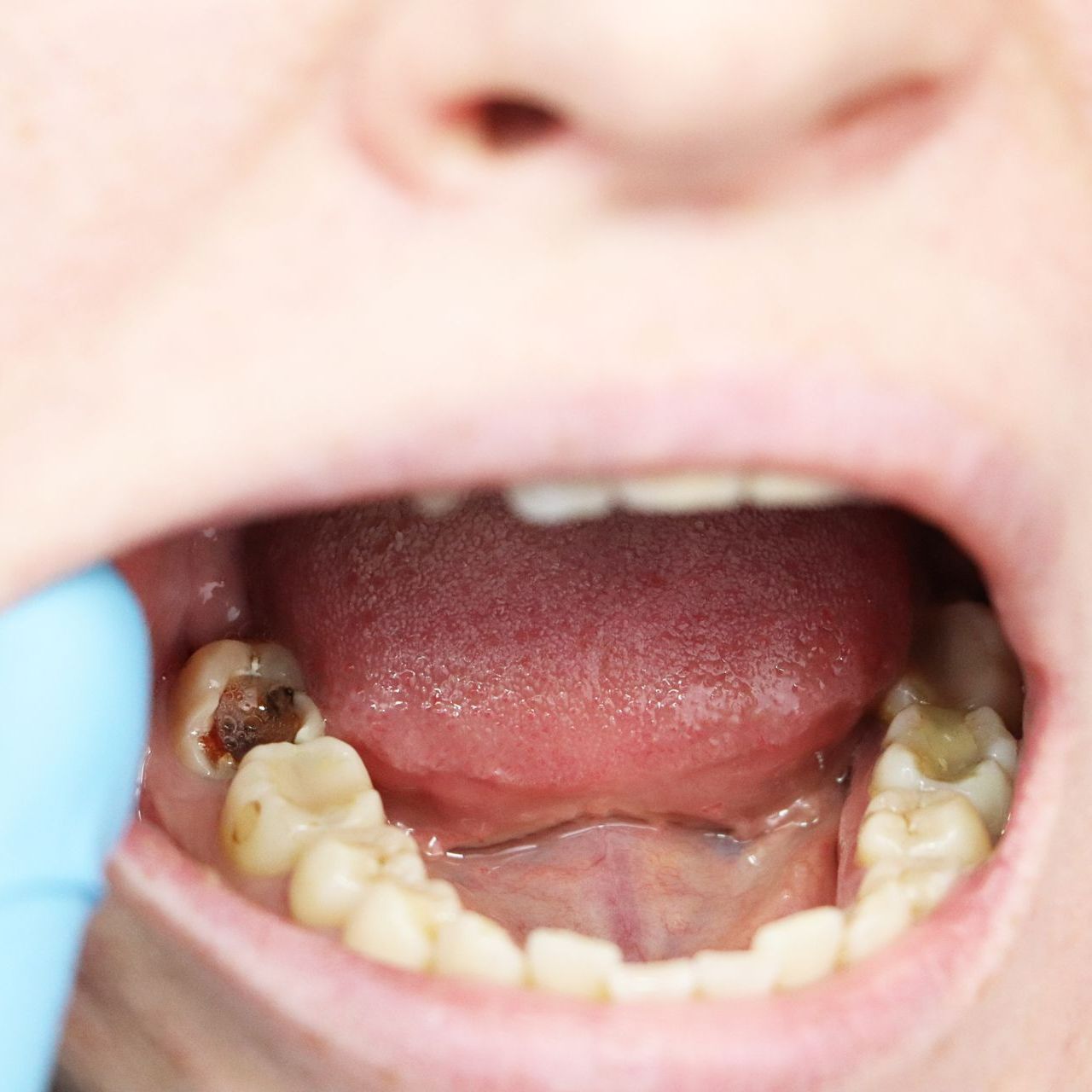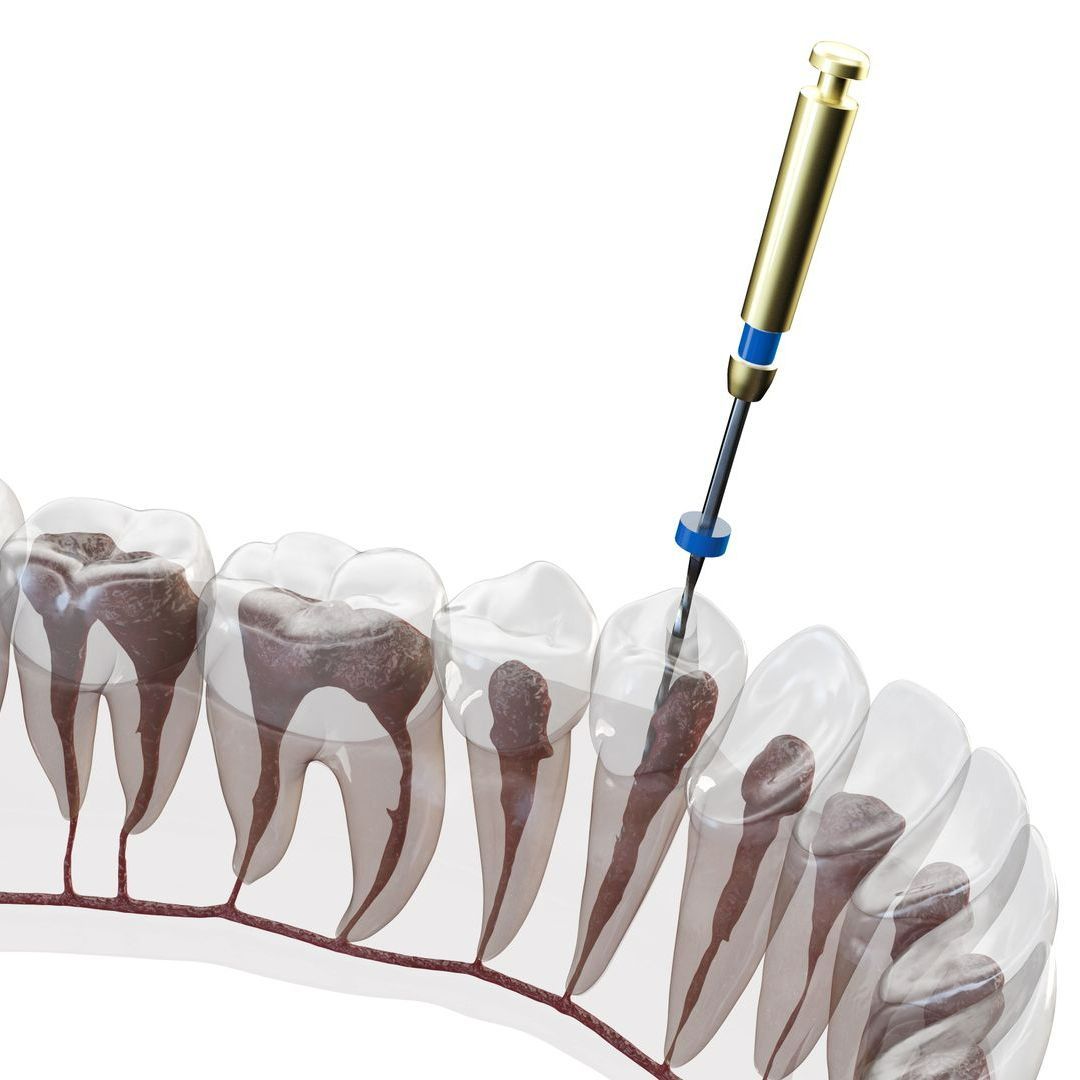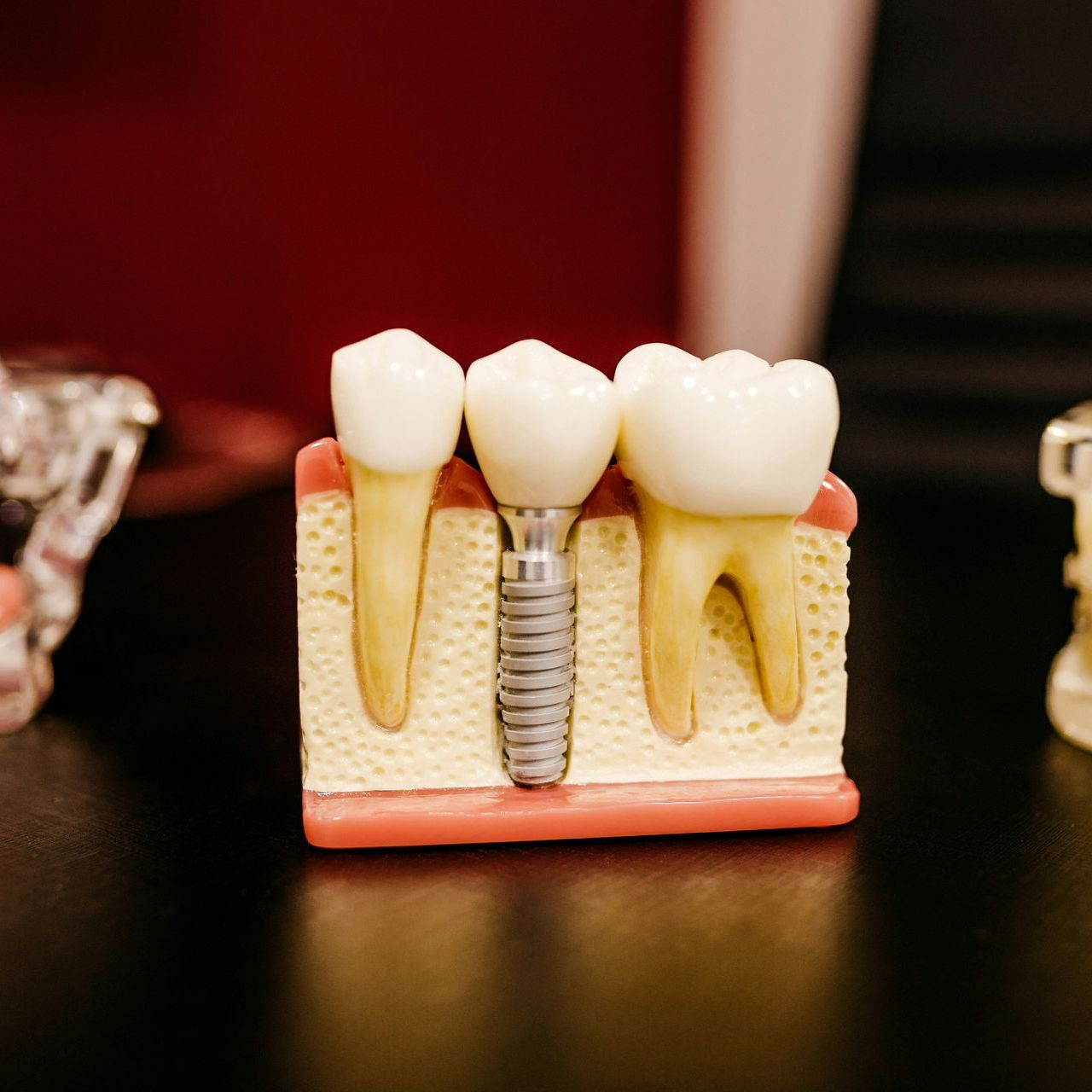
What is a Baby Root Canal Procedure?
A baby root canal procedure, also known as pulpotomy or pulpectomy, is a dental procedure that removes the diseased or injured part of the tooth’s pulp from the crown or the portion of the tooth that is apparent above the gum line. The pulp is the soft tissue that contains nerves and blood vessels that nourish the tooth and provide sensation. When the pulp is exposed to bacteria, trauma, or decay, it can become inflamed, infected, or necrotic, causing pain, swelling, and sensitivity. If left untreated, the infection can spread to the roots of the tooth, the surrounding bone, and other parts of the body, leading to serious health problems.
A baby root canal procedure aims to save the tooth and prevent further damage by removing the source of infection and sealing the tooth with a filling and a crown. Unlike a traditional root canal, which removes all of the pulp and the roots of the tooth, a baby root canal preserves the healthy part of the pulp and the roots, allowing the tooth to continue to grow and function normally. A baby root canal can be done on both primary (baby) teeth and permanent (adult) teeth, depending on the extent of the damage and the stage of development of the tooth.
Why Is a Baby Root Canal Procedure Important?
Baby root canal procedure serves many purposes. Some of them are:
- Your child may have some difficulty eating or speaking for a few hours after the procedure, due to the numbness or soreness of the mouth. You can help your child by giving them soft, bland, and cool foods, such as yogurt, pudding, ice cream, or smoothies. Avoid giving your child hot, spicy, crunchy, or sticky foods, as they can irritate the treated tooth and the gums. Also, avoid giving your child straws, as they can dislodge the filling or the crown.
- Your child may have some sensitivity to hot or cold foods or drinks for a few days or weeks after the procedure, due to the exposure of the nerve endings in the tooth. You can help your child by avoiding extreme temperatures in their diet and using toothpaste designed for sensitive teeth. The sensitivity should gradually decrease as the tooth heals and adapts to the filling or the crown.
- Your child may have some changes in the color, shape, or size of the treated tooth, due to the filling or the crown. This is normal and does not affect the function or health of the tooth. The filling or the crown may also feel slightly different or loose in your child’s mouth, but this should improve as your child gets used to it. If the filling or the crown falls out or breaks, contact us immediately to have it fixed or replaced.
Why Choose Super Smiles AZ?
At Super Smiles, we are committed to providing the best dental care for your child. Here are factors that may persuade you to select Super Smiles:




